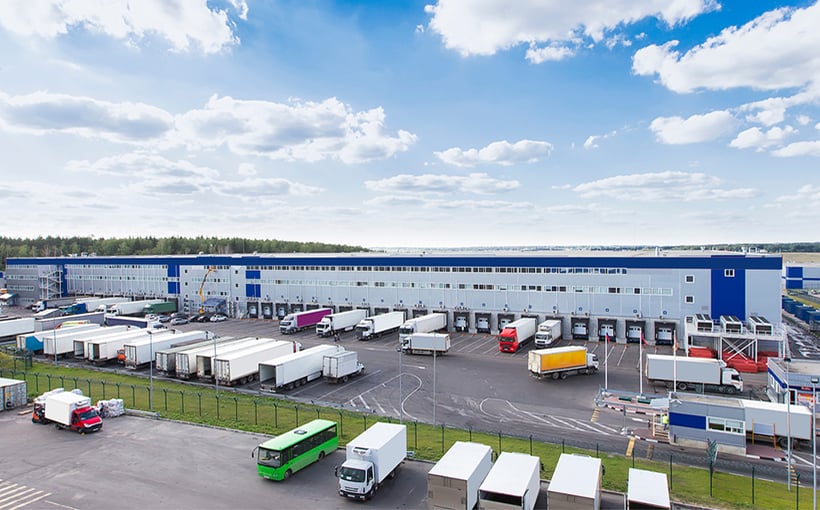A commonly thought belief is that the growing onshoring trend – in which manufacturers are pulling back from foreign locations and starting operations in the United States – will be a positive boost for industrial commercial real estate, especially warehouses. However, a recent report issued by CBRE suggests otherwise. The report warns that “through the lens of industrial real estate stakeholders, a more complex picture emerges” when analyzing the impact of imports and exports on warehouse space requirements.
CBRE relied on Vector Error Correction Model (VECM) statistical method to assess this impact. According to their findings, goods produced are immediately moved to ports for shipment rather than being stored in warehouses; this is particularly true with Just-in-Time (JIT) production where goods are produced only upon demand and shipped directly out without any warehousing needs at all. In contrast under long-run dynamics after about 18 months or so there could be an increased demand for warehouse space due to companies storing buffer stock or diversifying their exported products as well as seasonal demands requiring additional storage capacity if export volumes exceed production capabilities .
The takeaway from this report was that while initially there may be some dip in absorption due to reduced need for warehousing during short run dynamics it can later increase over time with longer term absorption generated by export activities thus necessitating an equilibrium approach towards strategies balancing continual import demand along with longer term export related absorption needs .
The post Report: How Onshoring Could Impact CRE’s Warehouse Segment appeared first on CRE MarketBeat.


